Forest Management
California Has Carbon-Beneficial Forest Management Through Great Wood Residue Treatment
Proper forest management is key for companies with strong values that focus on providing quality products while caring for the Earth through a fair procedure. This system’s natural resources are sourced from good and environmentally responsible practices.
According to PNAS, a scientific digital magazine that does primary environmental research, this is an important topic for most American companies. The magazine recently investigated California and how this state has carbon-beneficial forest management through impeccable wood residue treatment.
The study shows how California achieved an important goal: reducing climate change and wildfire outcomes across all forest management scenarios for wood products. It explains how the innovative use of forest management residues supports extensive wildfire hazard reduction and maximizes carbon benefits. Long-lived products that displace carbon-intensive alternatives have the greatest benefits, including wood-building products.
Increased forest management and wood use could yield net climate benefits between 6.4 and 16.9 million tonnes of carbon dioxide equivalent (M tCO2e) per year. This establishes the article by considering impacts from management, wildfire, carbon storage in products, and displacement of fossil carbon-intensive alternatives over a 40-y period.
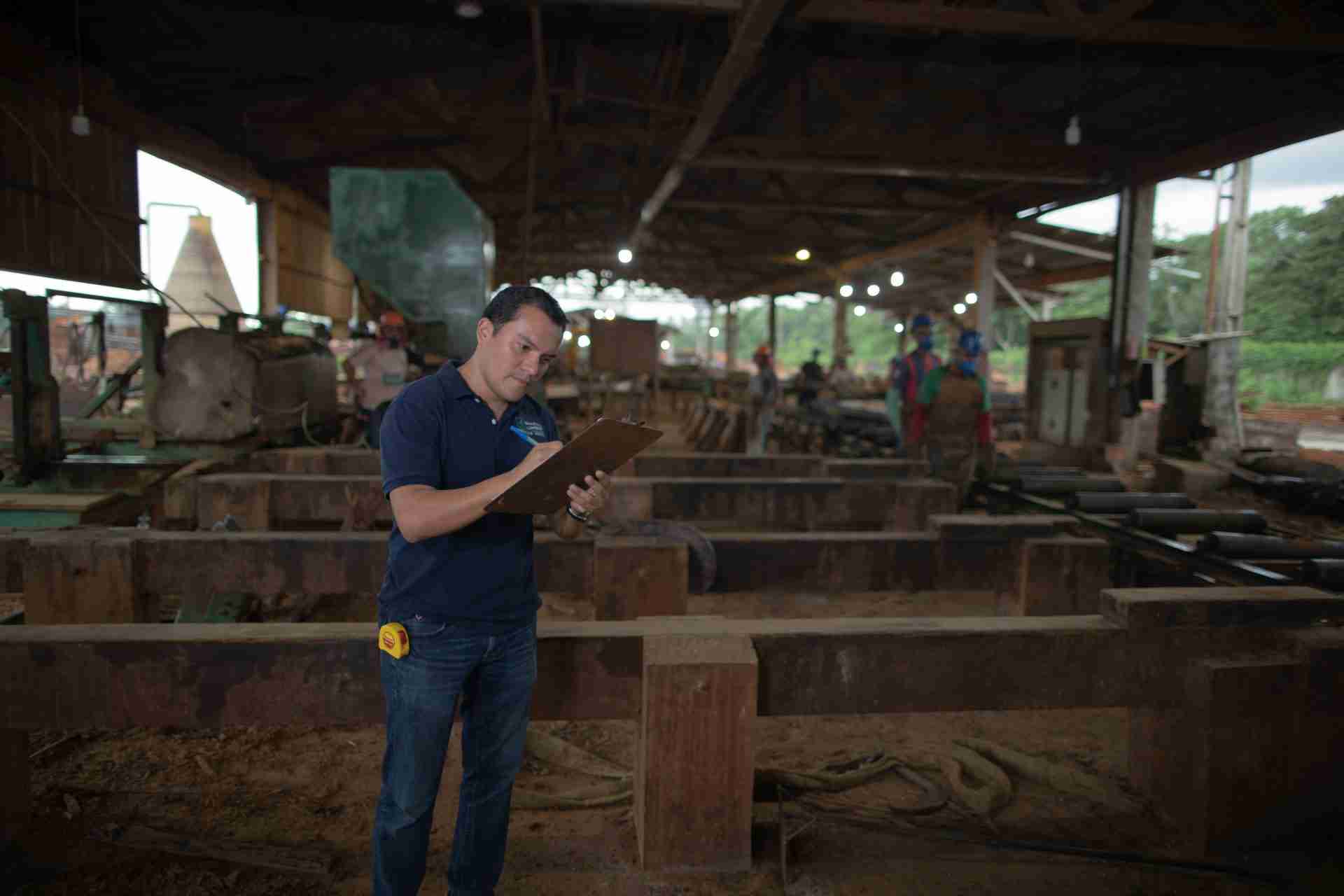
Clearing California’s forests of dense overgrowth is a critical first step for curbing catastrophic wildfires in the state. But forest restoration through prescribed burning or thinning comes at a high price. It is a costly treatment and cutting down or burning vegetation can release stored carbon dioxide, which accelerates the impacts of climate change.
According to another scientific article by Tech Explorist, a digital research website for academics at the University of California, Berkeley, a new analysis provides a roadmap for reducing wildfire risk through forest thinning while limiting carbon emissions.
“It’s hard to manage our forests without releasing carbon,” said study first author Bodie Cabiyo, a Ph.D. candidate in UC Berkeley’s Energy and Resources Group. “But if we’re efficient and careful about how we use the wood and invest in innovative wood products that can use waste wood, then we can achieve both: net carbon benefits and wildfire mitigation benefits in California.”
How Was Good Forest Management Achieved?
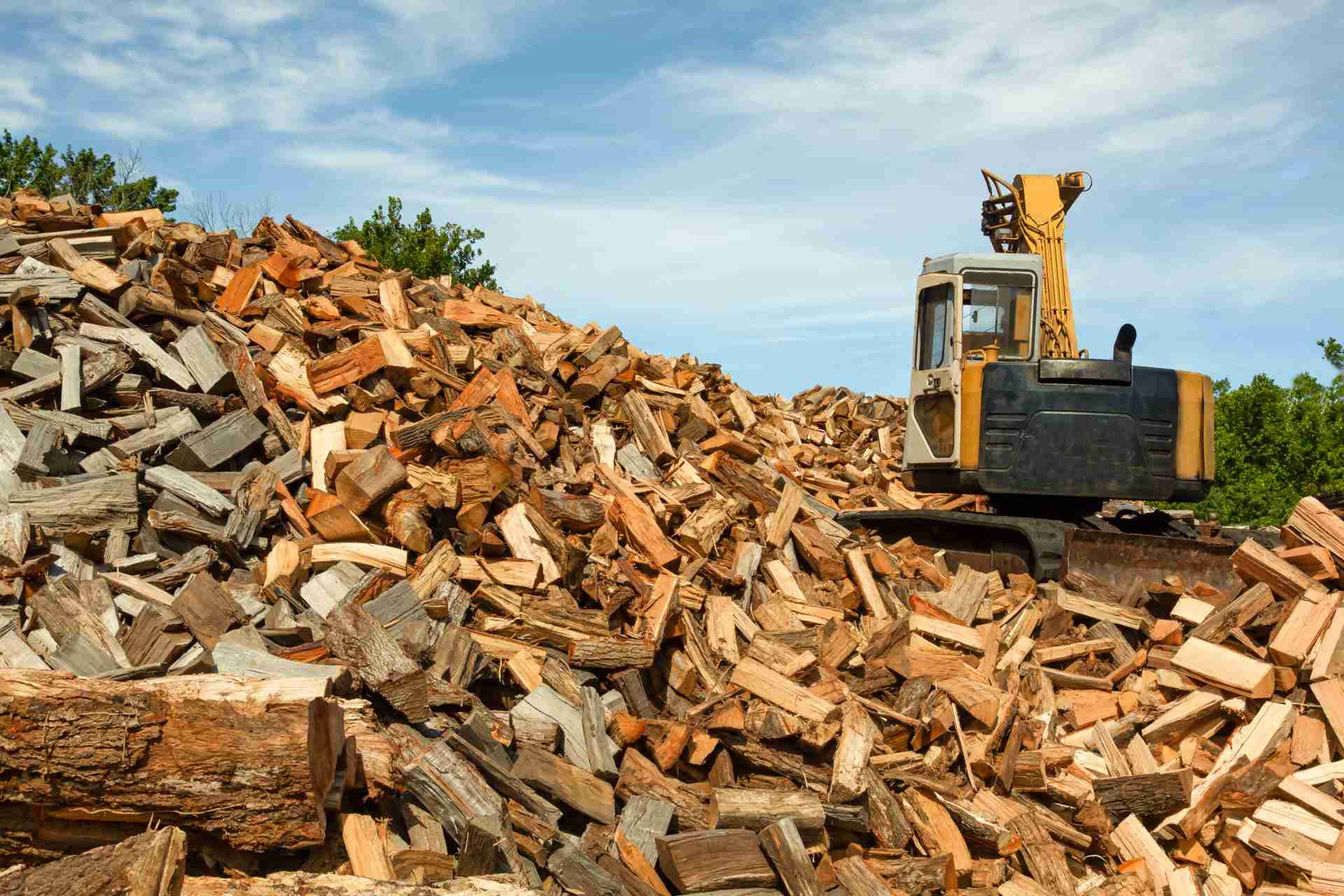
It all started in 2018 when former California Gov. Jerry Brown committed the state to achieve full carbon neutrality by 2045.
The procedure consisted of reducing emissions and investing in carbon sinks, such as forests, removing carbon from the atmosphere.
Two years later, California and the U.S. Forest Service jointly committed to managing 1 million acres of state forest land annually through thinning, prescribed burning, and industrial harvesting as treatments that could send some of that carbon back into the air.
Data on how much of the state’s forests are currently managed is limited. The researchers estimate it is much less than the 1 million acre-a-year target.
To create more resilient forests to severe wildfires, forest managers usually focus on removing smaller trees and underbrush, leaving many more prominent and fire-resistant trees in place. However, while larger trees can be harvested and sold to sawmills as timber, the smaller wood residues produced by forest thinning have little market value in California. Therefore, they are often burned or left to decay.
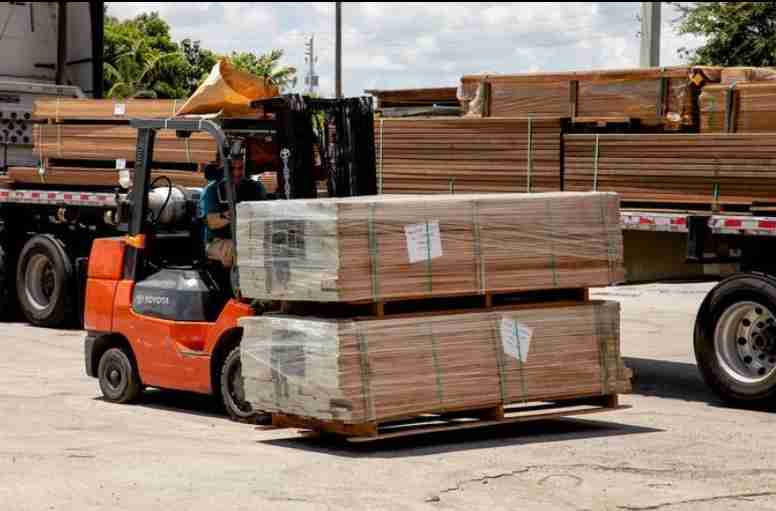
In both articles, different alternatives clearly explain how industries can reduce carbon emissions in their production procedures in the wood industry. Here are some excellent examples.
Small trees and woody residues aren’t useless. Industries in other parts of the world, including the southeastern U.S., create engineered lumber by mixing wood residues with adhesives and then compressing them into large sheets.
Wood residues can also be converted into biofuel plants to create electricity or liquid fuels. Suppose these plants are outfitted with carbon capture technology. In that case, this energy can be produced while removing carbon dioxide from the atmosphere.
The study calculated future carbon emissions under a business-as-usual scenario, assuming limited forest management, and a scenario where the state has created a market for wood residues.
To make the comparison, the researchers conducted a cradle-to-grave analysis, looking at the carbon emissions associated with every product’s life stage, from the moment the wood is harvested until the end of the product’s life.
The study found that by investing in local industries that create innovative wood products or convert biomass into biofuels using carbon capture technology, the state could create a market for wood residues that do not add significant carbon emissions. It also proposes a model scenario in which the state incentivizes engineered wood to construct multi-unit affordable housing.
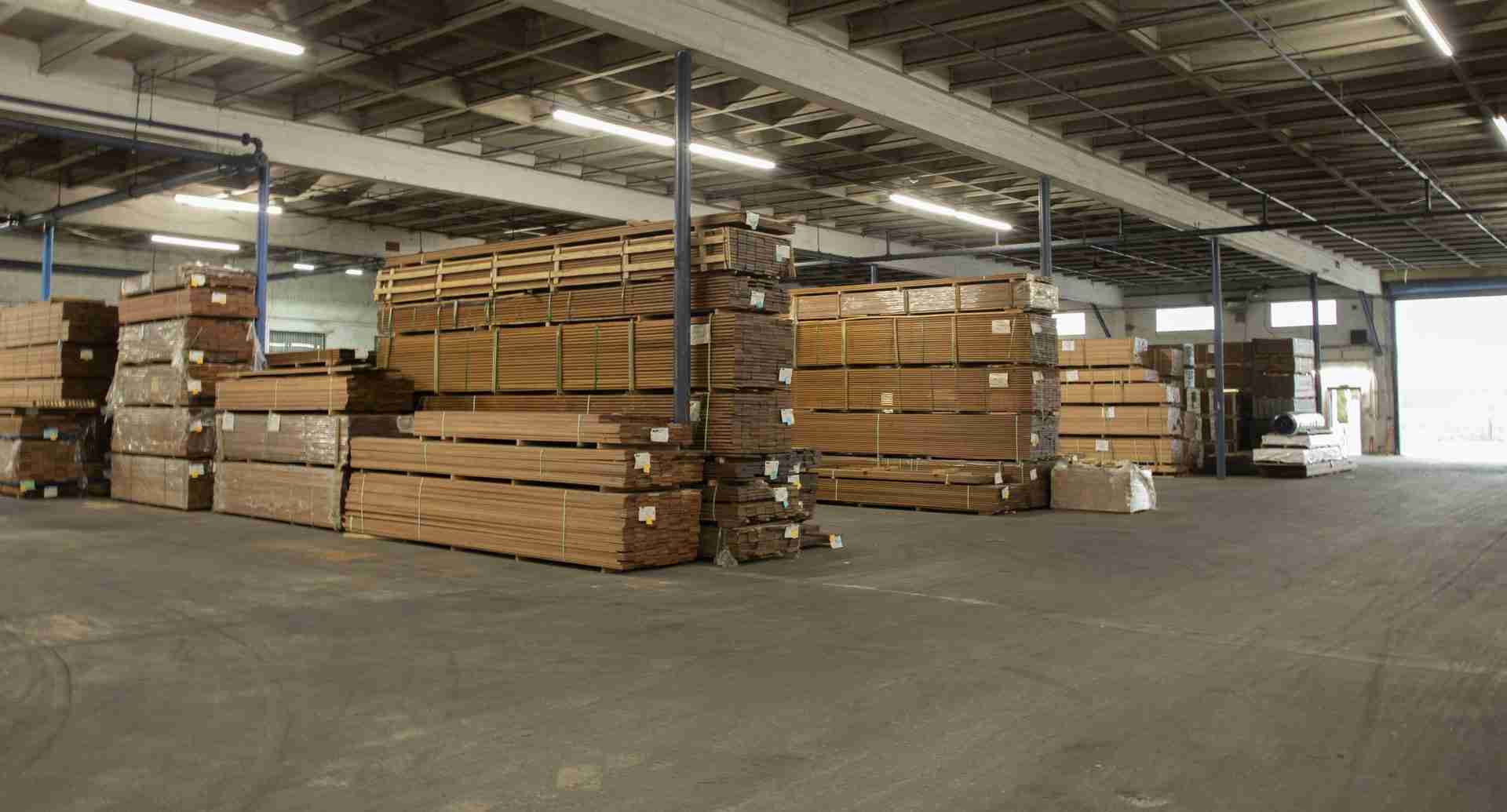
Thinning treatments also reduce the risk of severe wildfires that can incinerate millions of acres of vegetation and kill even large trees. It will also help California’s forests maintain their long-term ability to store carbon.
Brandon Collins, a research scientist at Berkeley Forests and the U.S. Forest Service, and co-author of this study points out that these treatments have also been shown to provide numerous ecological benefits, including increased water availability and habitat diversity.
“Creating a market for forest biomass produced by forest thinning could reduce wildfire hazard, prevent air pollution from smoke, and potentially displace fossil fuels and increase water availability,” Collins established in the article. “We need to deal with this small diameter biomass, and there is a solution if we could just find a way to connect the dots politically and economically.”
This research was partly supported by a National Science Foundation Graduate Research Fellowship and the Conservation 2.0 Program.
Brazilian Lumber Also Maintains An Impeccable Forest Management Process

Protecting the environment is everyone’s responsibility. Therefore, when you choose products that come from sustainably managed forests, you are doing your part to contribute to the conservation of the environment and forest management.
At Brazilian Lumber, all our wood comes from a sustainable forest management process that has no harmful effect on the environment and is certified by the Organization. This ensures the conservation of nature and its biodiversity, contributing to carbon sequestration and reducing the impact of the greenhouse effect.
When a company has been certified, customers can guarantee that lumber being sailed from the forest has come from properforest management.
This means that the harvesting process has been carried out sustainably, taking care of the Earth, respecting the environment, preserving its diversity, and the growth cycle of the trees.
In addition, the Certification not only protects forest conservation, but also guarantees the economic viability of the local population and workers. And here is when you can really say: ‘If it is good for the environment, it’s good for you.
Sustainability and responsible forestry management are the key to conservation. That is why we offer -certified wood and have a 100% chain of custody for all our hardwoods.
chain of custody certification provides credible assurance that products sold with an claim come from well-managed forests, controlled sources, or reclaimed materials.
There are many legal requirements and policies that must be done to achieve an certification. But to give you an idea of how we harvest our wood, here is a summary of the forest management procedure we follow at Brazilian Lumber.
- Complete flora and fauna data are collected, and each tree species is identified.
- On average, only three to four trees are selected per hectare.
- The selection is made on mature trees that have completed their life cycle, allowing the younger ones to grow naturally.
- This procedure provides economic opportunities to the local population, conserving the forest for plantation or non-forestry use.
- We have a 100% chain of custody, so we know where our wood has been and that it has been protected.
Here are the 4 most important reasons why buying -certified wood is a big deal:
1. Helps reduce climate change effects: Forests play a significant role in controlling the Earth’s climate and reducing carbon dioxide emissions from the air. Therefore, when you decide to buy -certified wood, you are contributing to a responsible procedure and forest management that guarantees that all felled trees will be replaced so that their function is not interrupted.
Trees have a vital role in people’s well-being and the environment’s conservation. Besides helping mitigate climate change, having trees preserve biodiversity, water, and soil. They also prevent ecosystem destruction, landscape deforestation, and air pollution.
2. Prevents Deforestation: The organization follows a rigorous procedure of forest management with all companies that want to obtain this certification on their wood. This process ensures both conservation efforts and sustainability.
The procedure prevents trees from being cut in prohibited areas. In some cases, it helps to identify those forests that can’t be touched to preserve natural habitats, animals, and plants.
Also, by having organizations that carry out these certifications, there is more control over illegal logging, which leads to the deforestation of tropical rainforests and a possible shortage of this natural resource.
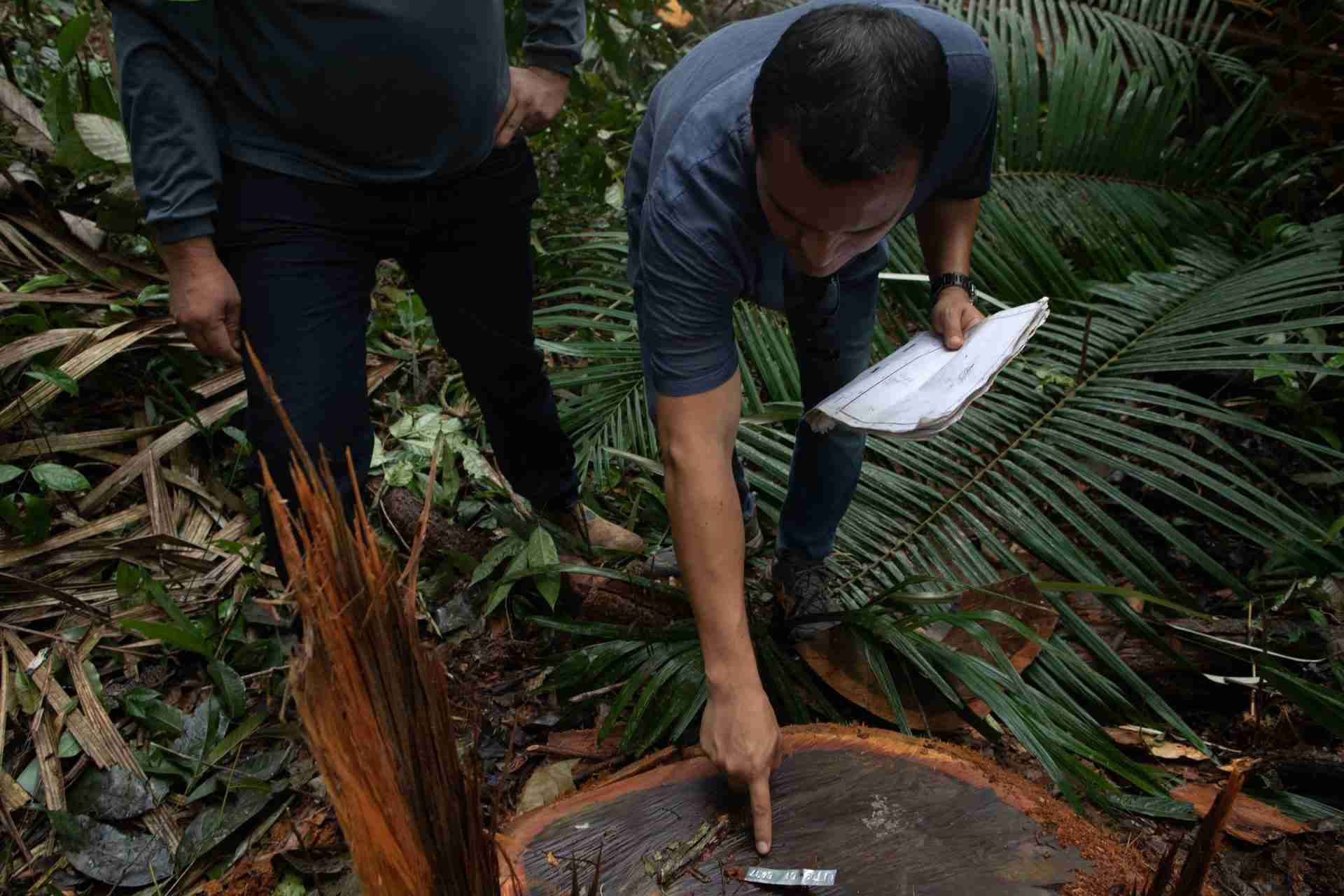
3. Protects indigenous people’s rights: The organization and its system also protect the rights of indigenous communities around the globe. How? By preventing uncontrolled exploitation of their forests to respect those not for forestry use and profitable for other economic activities.
4. Promotes environmental awareness: When you buy -certified wood products, you do your part to preserve the Earth. Supporting companies that care for nature will allow future generations to enjoy the enormous benefits of preserved forests.
To conclude, there are ways companies or industries can preserve the environment, not only by a proper forest management procedure but a good waste treatment. According to the study presented in this article, California is doing its best to achieve that level of forest management, which is a good start.
Another promising beginning is to get some environmental certification that guarantees your company has proper forest management. For us, achieving the Certification proves that our wood has been responsibly harvested from properly managed forests.
This also means that each tree has been selected after a careful procedure that respects its life cycle and the surrounding environment.
In addition to keeping a balance between forest conservation and the production of a natural resource, by being an -certified company, you are supporting the economy of the local population.
By consuming certified-wood products, you can guarantee that they come from sustainable and well-managed production. Get involved. Conserving the rainforest is everyone’s mission!







Leave a reply